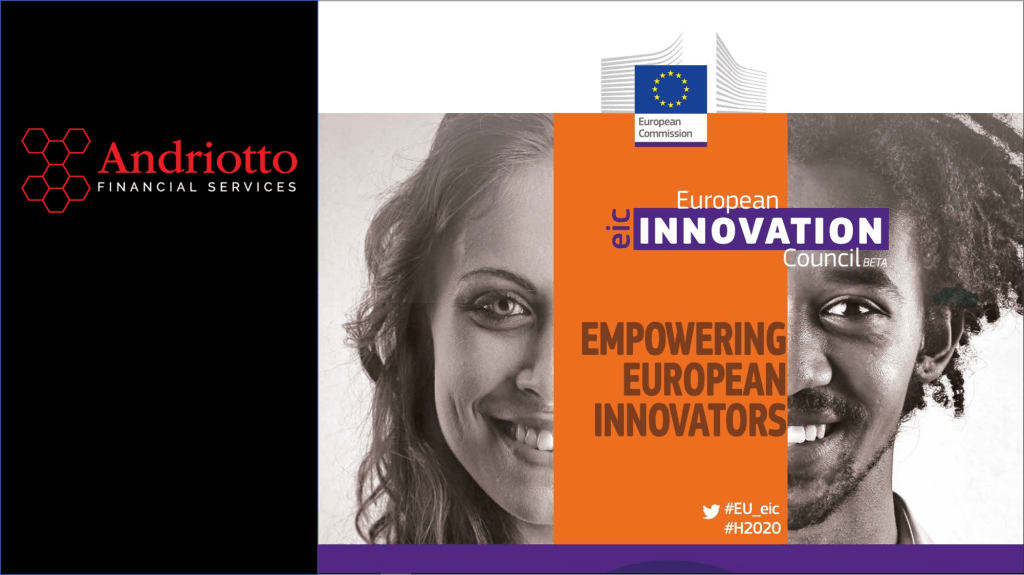Individual Evaluation Report or IER is the model on which the evaluation of the individual proposal dedicated to the EIC Accelerator is based.
Basically, the European Innovation Council has prepared an evaluation grid based on 5 main applications: Operational Capacity, Sub-contracting, Technical Readiness Level (TRL), Use of embryonic stem cells (hESC) and Scope of the proposal, to which the respective scores are attributed.
Scoring of each evaluation sub-criterion is given out of 10 points, one decimal digit may be used. The system transforms total scores. It converts sub-criteria marks out of ten. The system uses these to scale the main criterion out of five.
In addition, the indicative appraisal scale per sub-criterion is:
- Very Good to Excellent (9 – 10)
- Good to Very Good (7 – 8.99)
- Fair to Good (5 – 6.99)
- Insufficient to Fair (3 – 4.99)
- Insufficient (0 – 2.99)
Here are the specific applications and what evaluators of IER consider.
IER: Operational Capacity and the Three Evaluation Award Criterias
Operational capacity includes three evaluation award criterias: impact, excellence and quality and efficiency of implementation. The total threshold is 13, including the three thresholds of each criteria of 4 score.
Evaluators first consider partner info in proposals. They review basic operational ability to do proposed work.
The system considers one candidate’s operational capacity. If below a threshold, implementation quality and efficiency would also be below it. It would give a score of less than four.
Conversely, if evaluators consider all partners adequate, they will indicate the concerned partner(s) with a brief explanation.
Criterion 1 – Impact
This section is primarily dedicated to demonstrating a solid business model and marketing strategy, sound financial planning as well as a proven capacity for expansion.
In particular, this criterion should demonstrate how the proposed innovation meets a pressing need in European and global markets if it will generate revenue and create jobs and has an international dimension.
It is therefore a question of describing, in a convenience way, a substantial demand (including willingness to pay) for innovation; demand generated by new ideas, with the potential to create new markets, is particularly sought after. In addition to an explanation of the total size of the expected market.
Criterion 2 – Excellence
The key element to measure the criterion of excellence is that the project has a high potential for innovation and goes beyond the state of the art. It has a strong added value, is feasible and better than existing solutions.
Evaluators will consider the potential to create new markets or significantly affect existing ones.
In this sense, it would be appropriate to describe the idea of high risk/high potential innovation that has something that nobody else has. It should be better and/or significantly different from any alternative. Ideas that change the game or revolutionary innovations are particularly sought after. Moreover, its high degree of novelty has a high probability of success or failure.
Criterion 3 – Quality and Efficiency of Implementation
Implementation means that the proposed work plan is efficient and consistent with a realistic timetable. The team has the technical and commercial expertise to provide. Evaluators assess the ability and motivation to bring innovation to the market – and assess the ability to leverage sufficient investment.
Where relevant, the proposal includes a plan to acquire the missing skills, in particular through partnerships and/or subcontracting, and explains why and how they are selected (subcontractors should be selected according to the “best value for money” principles).
The realistic timetable considers ambitions as well as objectives. It fully describes implementation work packages. Main results and milestones specify risk management. Everything accounts for company or applicant innovation goals.
Subcontracting, TRL, hESC and Scope of the proposal of the IER.
Where applicable, subcontracting may be an essential part of project implementation, although it should not be disproportionate to the estimated total eligible costs.
In practice, with subcontracting, the estimated budget and the planned procedure for selecting subcontractors must be appropriate. Specifically:
- for known subcontractors: The proposal will provide key information on the award procedure for subcontracting (name of subcontractor, price and subject matter), along with the action activities that evaluators will subcontract and an explanation of why the subcontractor and price are appropriate.
- For unknown subcontractors (subcontracting activities): The proposal should establish the activities to subcontract, the estimated budget, and the procedure evaluators will follow to ensure the best value for money.
Overall, as far as the Technological Relevance Level or TRL is concerned, the proposal is considered in case it receives the “Seal of Excellence” and in view of compliance with the General Block Exemption Regulation (GBER).
The question regarding TRL will be: does the proposed project contain activities above TRL 8? TRL 8 corresponds to “complete and qualified system” (not yet tested in the operational environment).
By default, IER answers are set to ‘No’. If assessment finds TRL above 8, switch radio button to ‘Yes’. This is important to do.
Lastly, whether or not the proposal provides for the use of human embryonic stem cells or hESC, what is assessed is essentially the rationale for the use or not of them to achieve the scientific objectives of the proposal.
On the other hand, the scope of the proposal is assessed on whether it corresponds, in whole or in part, to the description of the topic on which it is presented in the relevant part of the work program.
Find all you need to know about TRL here.
At AFS, we are passionate about fostering innovation and empowering ambitious minds to flourish. Our mission is to provide best-in-class financial services for traditional and crypto deals, exploit European grants, and use quantitative methods to improve clients’ performance. We aim to help our customers unlock their full business potential.
Are you looking to fund your next venture or unlock grant opportunities?
Contact us at [email protected]!


